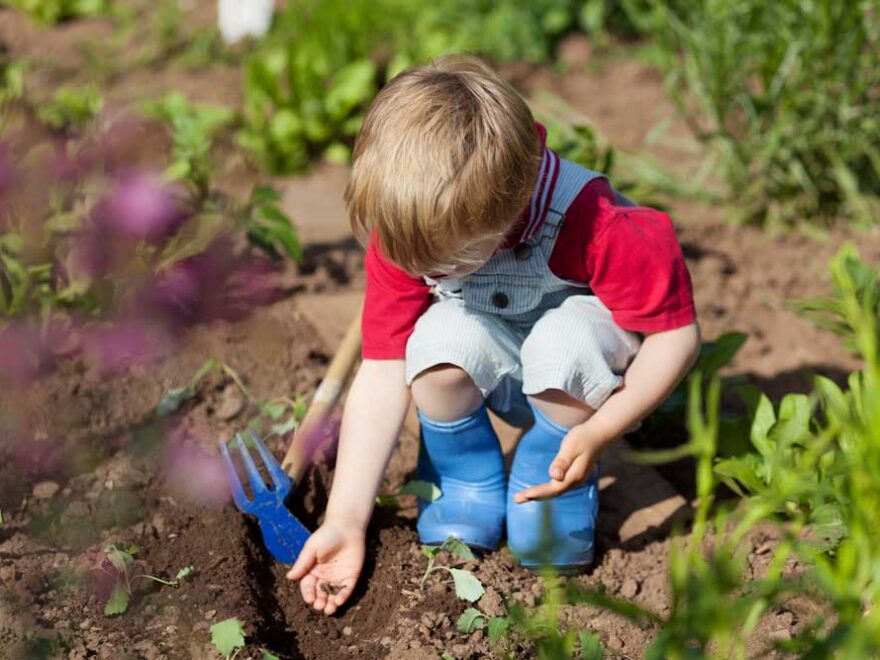Nurturing children’s love for nature and the environment
It is more vital now than it has ever been to teach in youngsters a profound and unending love for nature and the environment. This is because we live in a world that is more defined by technology and urbanization.
Not only does encouraging a child’s relationship with the natural world contribute to their overall physical and emotional health, but it also lays the groundwork for the development of environmentally conscientious citizens in the years to come.
In this piece, we discuss the significance of fostering a love of nature in children and present some concrete tactics that can assist in the development of a strong connection between them and the natural world.
The Importance of Keeping Children in Touch with Their Natural Environment
It has been demonstrated that children’s physical health can be improved by interaction with natural environments. They should spend more time outside because it improves their physical fitness and lowers their risk of developing health problems like obesity.
The presence of natural environments can help to reduce stress and improve mental health. Time spent outside can improve a child’s mental health by lowering levels of stress, anxiety, and symptoms associated with attention deficit hyperactivity disorder (ADHD).
The natural world is a great source of inspiration for both creative and imaginative endeavors. It offers youngsters an endless well of ideas to draw from, giving them the freedom to investigate and experiment with their creations.
Environmental Stewardship Being in touch with and appreciative of one’s natural surroundings is one of the best ways to learn environmental stewardship. Children who have a greater appreciation for the natural world are more likely to take action to preserve it.
Critical Thinking and Problem Solving: Spending time in nature is proven to be beneficial for both of these mental processes. Exploring the natural environment helps children develop skills such as adaptability, creative thinking, and the ability to overcome challenges.
Methods that can be put into practice to foster a love of the outdoors among children
Spend Time Outside: Include time spent outside and activities that take place outside on a regular basis in your child’s routine. Visit the nearby parks, go on hikes along the natural paths, enjoy picnics, and even just play in the garden. Hikes through the wilderness are an excellent way to get started.
Planting a Garden is a Wonderful method to Connect Children with Nature Gardening is an amazing method to connect children with nature. Give children the opportunity to assist you in establishing and maintaining a garden. It is an interactive way to learn about the life cycles of plants and the significance of taking care of the environment in which we live.
Children should be encouraged to investigate and learn about the local fauna through their own observations. Give out field guides and binoculars so that people can identify the various animals and birds. Constructing a bird feeder is an easy way to entice feathered friends to visit your yard.
Creating Works of Art and Crafts Utilizing Natural Materials For your works of art and crafts, try using natural materials such as flowers, leaves, and twigs. Children are able to express their creativity in this way while also interacting with the natural world.
Camping vacations and Other Outdoor Activities for Families: Make plans for camping vacations and other activities outside with your family. These events imprint long-lasting memories on children and strengthen their connection to the natural world.
Reading About Nature Do some reading that focuses on the wondrous aspects of the natural world. There are many books available that are ideal for children of various ages that focus on animals, ecosystems, and the protection of the environment.
Enroll Your Child In Environmental Education Programs If you want your child to have the opportunity to explore, learn, and play in a natural setting, enroll them in environmental education programs, nature clubs, or outdoor camps.
Teaching youngsters to Respect the Environment It is important to teach youngsters to respect the environment. Inspire kids to help clean up the environment by picking up litter, recycling, and conserving resources such as water and energy.
Make a Nature Journal Have your child create a nature journal in which they can record their thoughts, drawings, and observations about the natural world that surrounds them. Keeping this journal helps me feel more connected to the natural world.
Be a Model for the Natural World: Children learn best by watching others, so set a good example by caring for the environment. Display your affection for the natural world by engaging in activities that are conscientious and earth-friendly.
The final word
Investing in children’s futures and the future of the earth is best served by fostering in them a deep appreciation for the natural world and its preservation.
It is not enough to simply instill a love for the natural world; we must also raise a new generation of environmentally conscientious and responsible people who will work toward the goal of conserving and protecting our planet.
It is possible for parents and other caregivers to assist children in forming a connection with nature that will last a lifetime by employing the tactics listed above. This will increase the likelihood that the children will mature with an enduring affection for the natural world. Because of this love, they will be motivated to become champions for a world that is both healthier and more sustainable.

